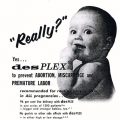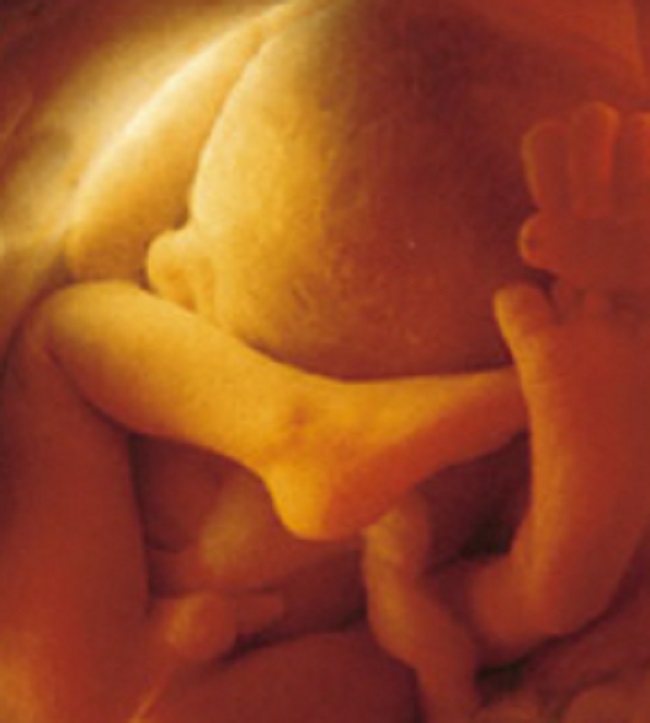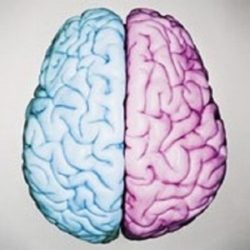Diethylstilbestrol or DES is synthetic estrogen developed in the late 1930s. It was initially approved by the FDA in 1941 for vaginitis and as an early hormone replacement therapy for menopausal women. It was later approved a variety of low estrogen indications. In 1947, the FDA approved its use in pregnant women with a history of miscarriage. DES had been used off-label for miscarriage prevention since the early 1940s, despite the fact that little evidence supported its use and animal studies indicated clear carcinogenic and congenital reproductive abnormalities in the offspring.
After 10 years of widespread use and marketing, a double-blind, placebo-controlled study on the efficacy of DES was finally conducted. As one might expect, it was found ineffective in preventing miscarriage. In fact, women on DES had a higher risk of miscarriage. Later studies in the 1960s began detailing the adverse events associated with this drug. Despite mounting evidence of the dangers of diethylstilbestrol, it remained on the market and widely used through the early 1970s in the US and into the 1980s in some European countries. In the US alone, it is estimated that between 5-10 million women and their children were exposed to DES. Because the compound was never patented, 287 drug companies sold DES under a multitude of brands and for an array of low-estrogen conditions.
In addition to diethylstilbestrol use in humans, it was used widely in farm animals to fatten up the chickens and cattle, beginning in the early 1950s and through the 1970s. DES was found to cause cancer and interestingly enough, cause gynecomastia (man boobs) and sterility in the poultry workers. Well before DES was banned in humans, the FDA banned it in poultry under the newly enacted Delaney Clause to the FDA 1958. It seems man boobs and sterility was all it took to ban the product in chicken farms. Miscarriage, congenital abnormalities and cross-generation cancer risks, on the other hand, were not sufficient to initiate its ban in large cattle or humans. It was another 20 years before diethylstilbestrol was banned in cattle or humans and many years after before it was removed from the food chain (if it even is now). “In 1980, half a million cattle from one hundred and fifty-six feedlots in eighteen states were found with illegal DES implants.” Even upon FDA’s decision to withdraw its approval of DES in cattle and feed, it did so on grounds of the procedural non-compliance of the manufacturers, erstwhile maintaining the safety of diethylstilbestrol, “because there is no evidence of a public health hazard.” Despite its clear carcinogenic and teratogenic risks, it is still used in veterinary care.
Diethylstilbestrol Risk for Humans
Amongst those suffering the most from DES exposure are men and women who were exposed in utero as developing fetuses. DES was given to pregnant women from the 1940 through 1971 in the US and into the 1980s in some European countries. If you were born anytime between 1940 and 1980, ask your mom if she was given DES to prevent miscarriage. It was sold under dozens of brand names (click here for brand names).
Sons and Daughters of DES
The range of depth of reproductive abnormalities, endocrine and health issues found in the children and grandchildren of DES moms, is expanding regularly. If your mom or grandmother was given DES, here is a list of health issues to look for:
DES Daughters
In a large cohort study comparing the reproductive health of the daughters of women prescribed DES during pregnancy to the health of women whose mothers had not been given DES, researchers found a 2-8 times higher incidence of the following conditions:
- Infertility
- Spontaneous abortion
- Ectopic pregnancy
- Second trimester pregnancy loss,
- Preterm delivery
- Preeclampsia
- Stillbirth
- Neonatal death
- Early menopause
- Breast cancer
- Cervical neoplasia
- Clear cell adenocarcinoma
The increased risk of miscarriage and adverse pregnancy outcome in DES daughters is overwhelmingly linked to structural abnormalities with uterus. Fully 69% of DES daughters who have had difficult with infertility and miscarriage have an abnormally shaped uterine cavity or structural changes to the cervix (44%).
DES and Endometriosis
Of particular interest to Hormones Matter followers, DES exposure in utero is linked to an 80% increase in endometriosis. We will be digging deeper into the DES – endometriosis connection in the coming weeks.
DES Sons
Sons of women given DES during pregnancy are three times more likely to have structural abnormalities of the genitals including:
- epididymal cysts
- undescended testes
- extremely small testes
- hypospadias (misplaced urethral opening)
- micropenis (some, but not all)
- increased risk of infertility
- increased risk of testicular and prostate cancer (although the research has just begun)
In the animal research, offspring of DES exposed mothers shows a vast array of structural and morphological changes across multiple physiological systems ranging from sex reversal in male fish to structural and functional changes in pancreatic cells. The full scope of damage from DES is yet to be determined.
DES Grandchildren
Yes, there are third generation effects from this drug. Researchers are just beginning to untangle the third generation effects. In women, menstrual irregularities appear more common as do the various forms of cancer, but the data are unclear. In men, hypospodias may be more frequent, but again the data are mixed.
Endocrine disruptors like diethylstilbestrol impact human health in ways we are only just beginning to understand. The current methods for measuring and calculating risk for endocrine disruptors is out-dated and based on standard, linear, dose-response curves that not only fail to account for how hormone systems work, but also fail to address possible transgenerational effects. Hormones matter and sooner or later we must address the broader endocrine system in pharmaceutical and environmental regulation. As women, we ought to be fighting for sooner.














In 1966, I was given DES due to premature labor. I had a lump the size of a small peach removed from one of my breasts 20 years later. My daughter developed breast cancer in her 40’s and had a double mastectomy. Why is this drug still being made? Even the doctors kept no records of having used this drug. Too many lawsuits were being filed!
What are the breast cancer risks to the woman that was actually given the DES drug to prevent a misscarriage?? At 19 years of age, my first pregnancy ended at 8 wks, so I was given DES and had a successful 2nd pregnancy, who bore 3 sons and then a daughter with autism. Now at 62, I have breast cancer when non had existed in my family before.
I understand DES is also linked to male breast cancer in the sons of DES Moms. I haven’t found research on that, so if anyone knows of a study, please send it our way. Thanks.